How can computational modeling help to better understand and predict when the power cells of our gut fail?
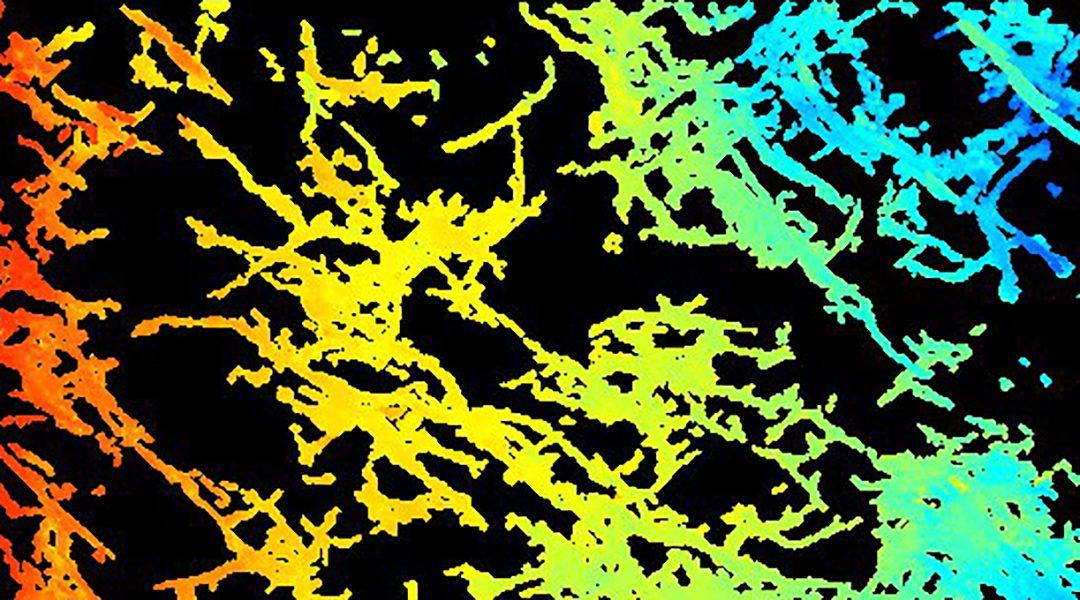

How can computational modeling help to better understand and predict when the power cells of our gut fail?

Professor Elazar Gutmanas October 1939 - October 2019 On 26 October 2019, the materials research community was shaken by the sad news that Emeritus Professor Elazar Gutmanas succumbed to severe injuries inflicted by a tragic accident during an experiment he was...
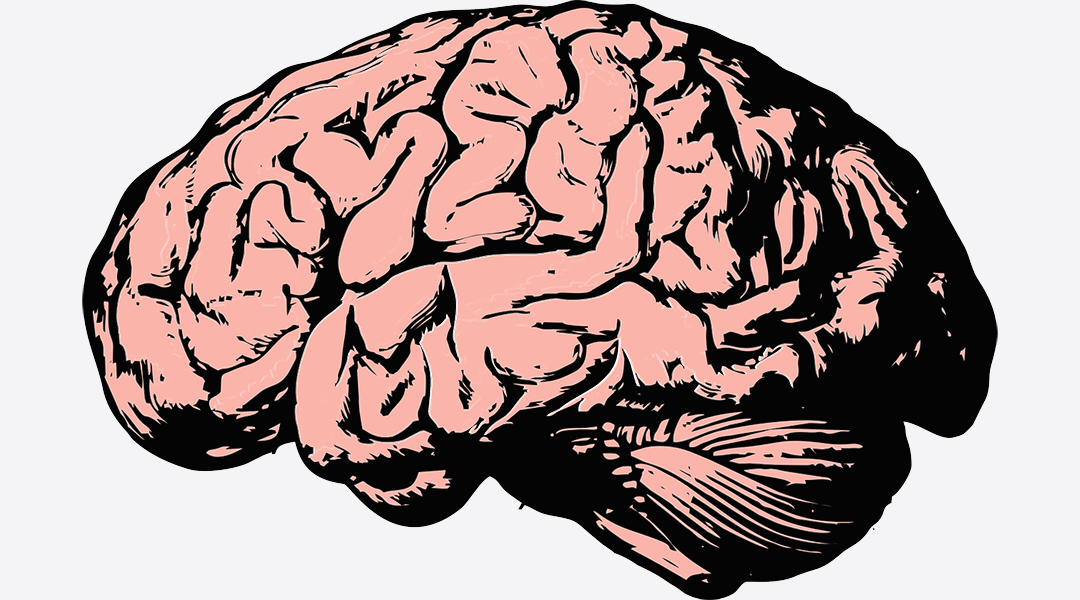
The human gut microbiome governs not only our physical health but mental well-being.
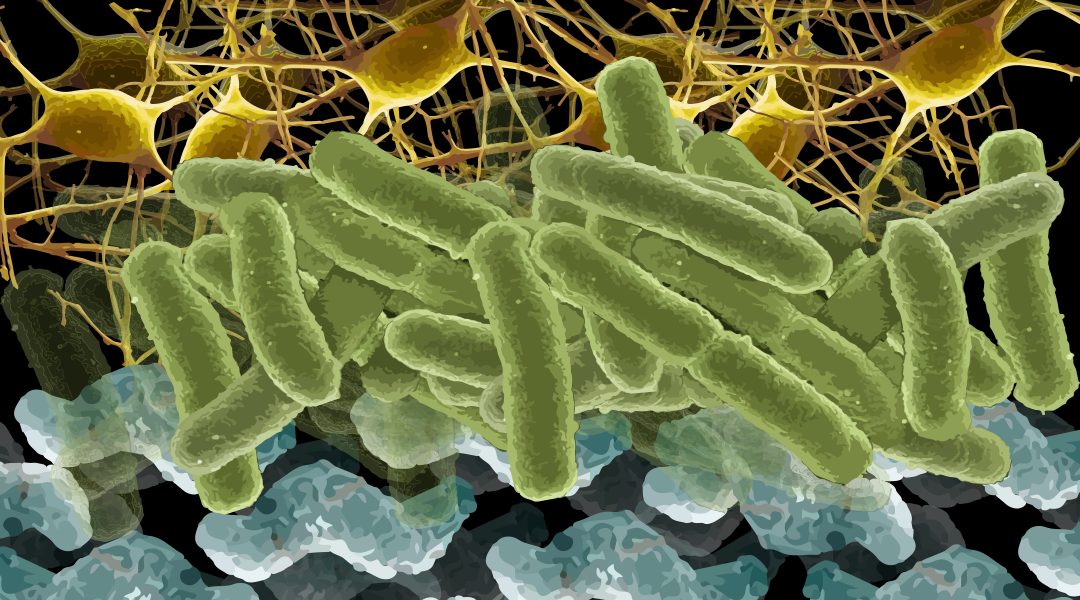
Alexander Klimovich and Thomas Bosch discuss current knowledge on the function of the nervous system in Hydra and the interactions between neurons and microbes.
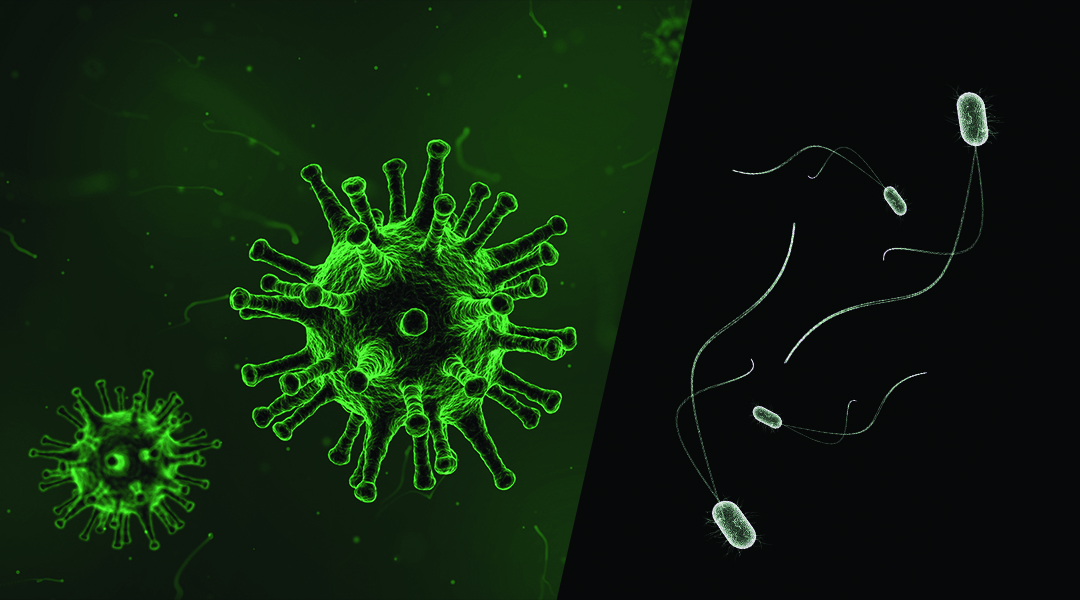
Human microbiota, blood group antigens, and disease, a look at the ways that microbiota interact with the human body.

… aber wie betreibt man gute Wissenschaftskommunikation? „Spektrum der Wissenschaft“-Chefredakteur Carsten Könneker erklärt in Wissenschaft kommunizieren, wie Sie verschiedene Zielgruppen über Forschung informieren können und dabei die wichtigsten medialen Formate...
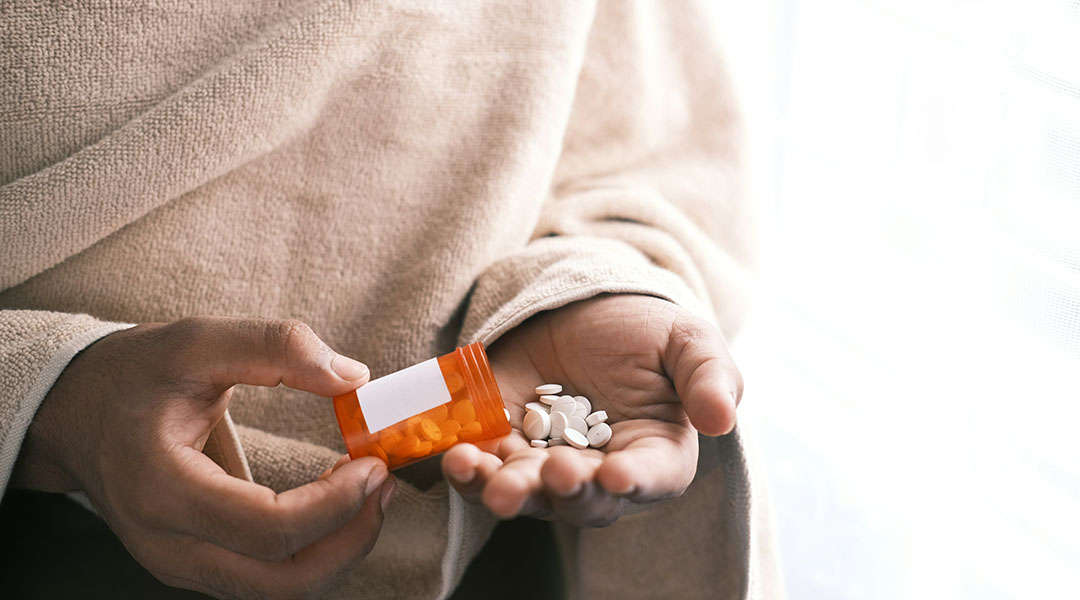
A bacterium found in a backyard could offer new hope in the fight against antibiotic resistance.

Harnessing skyrmions’ random motion and low energy requirements, this discovery could lead to more efficient and powerful computing technologies.
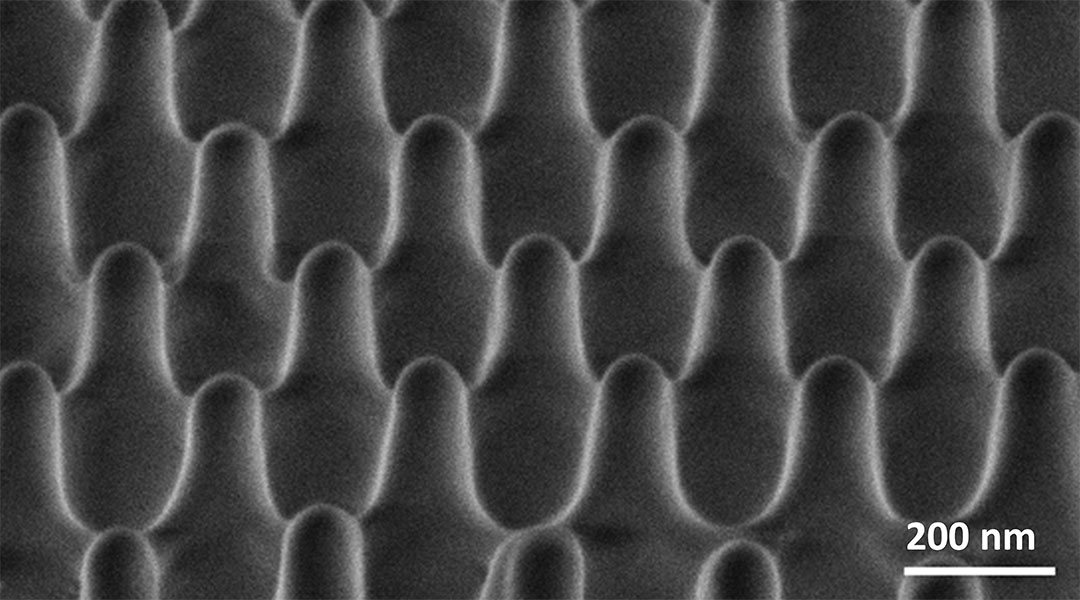
Scientists are using nanomaterials to pressure bacteria and find new ways to combat antibiotic resistance.

Monarch butterflies have inspired the design of 3D-printed robotic wings that rely on magnetic fields to generate their delicate movements.